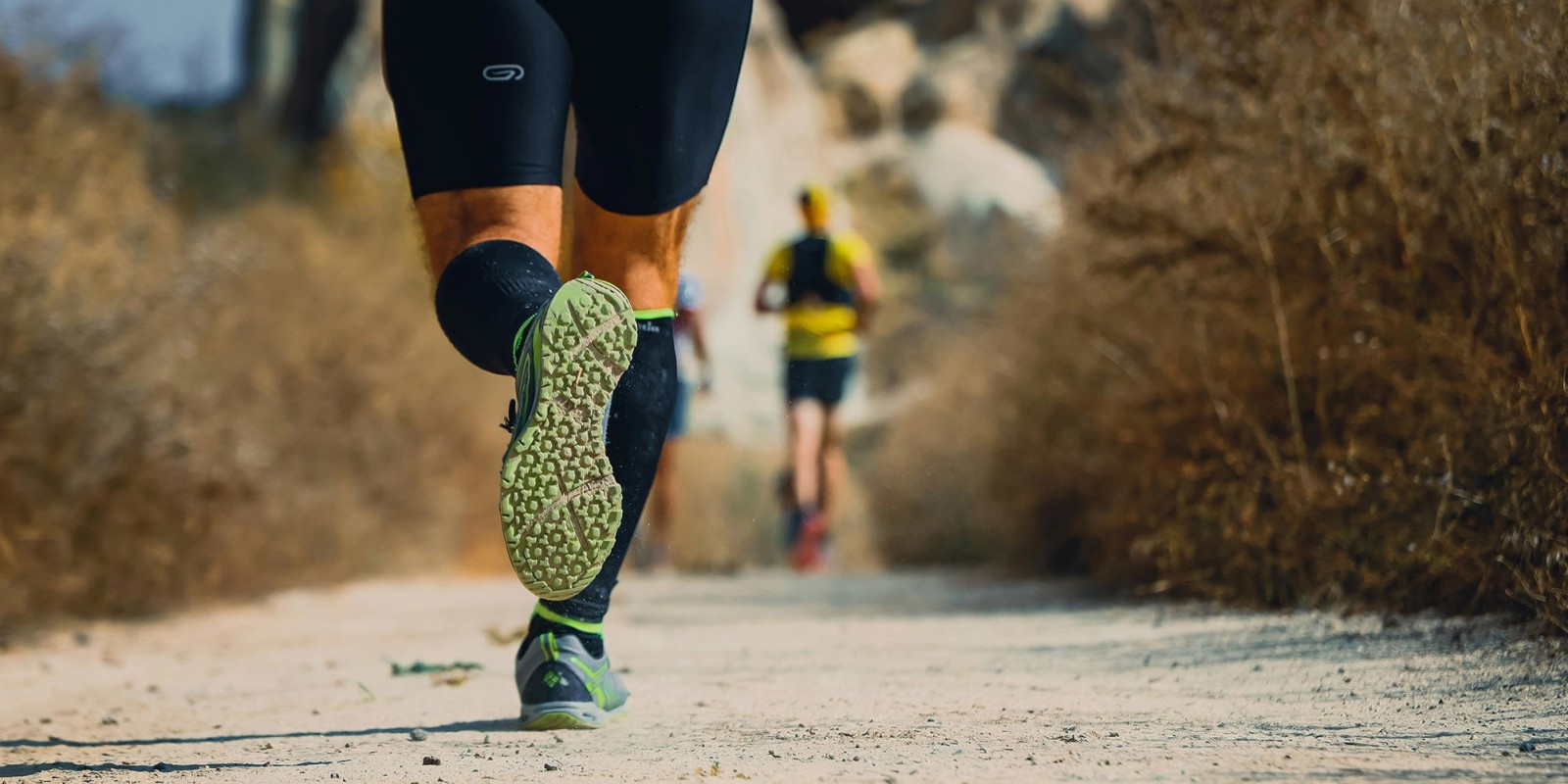

Welcome back to our “Muscles in Focus” series. After exploring the trapezius in my previous post, today we delve into the world of glutes – specifically, the gluteus maximus, medius, and minimus.
The gluteal muscles are a muscle group sitting in the buttocks. These are vital for hip movement and stabilisation. Weak glutes can lead to low back pain and hip pain, so it’s important that we maintain strength in these muscles throughout our lives. They are also hugely important when walking and running. Many of us use our quads and hip flexors (the muscles at the front of the thighs) to pull us forward far more than we use the glutes to push, which can lead to problems, especially when we begin to challenge ourselves physically.
The gluteus maximus, the largest and most superficial (i.e. closest to the skin surface) of the three, plays a vital role in hip extension, external rotation (rotating the thing outwards) , and overall stability. It's heavily utilised in activities such as running, jumping, and climbing.
Sitting beneath the maximus, the medius is crucial for hip abduction (moving the leg sideways away from the body) and internal rotation (rotating the thigh inwards). It provides pelvic stability during walking or any single-leg activity, making it a key muscle for athletes.
The smallest yet still significant, the minimus works alongside the medius for hip abduction and internal rotation. It's vital for stabilising the hip and pelvis during dynamic movements.
As we age, we naturally begin to lose muscle mass (depressingly, this process begins in our mid-thirties. I feel old). Losing muscle mass in the glutes can cause low back pain - this will often become evident when walking or running. Taking on a new physical challenge, as many of us do in mid-life, can reveal this issue.
In these cases, rebuilding strength in the glutes as well as the core muscles is important. Sports massage is also useful to relieve tension and pain, allowing us to move in a more efficient and less painful way.
This can feel like a tingling or shooting nerve pain down the back of one leg. It is also common in pregnancy. Mild sciatica can often be relieved with massage and exercises to release the affected sciatica nerve.
Please note that sciatica affecting both legs may indicate a more serious problem, and should be assessed by a medical professional.
The piriformis is a small muscle, sitting deep to the glutes. If it becomes inflamed, it can begin to affect the sciatic nerve, causing pain and tingling.
In many cases, this can be treated with massage and exercises to calm the affected area.
These exercises effectively strengthen the gluteus maximus and improve overall lower body strength.
Targeting the medius and minimus, these movements enhance hip stability and prevent injuries.
Ideal for all three muscles, bridges promote strength and flexibility in the hip region.
These are a great way to both test and improve your hip rotation.
We are generally all pretty good at remembering to stretch forwards and backwards after a run - our quads, calves and hamstrings (well, when we remember to stretch at all…). However, we need to stretch sideways as well. Cossack lunges and pigeon stretches can be helpful here. I can also demonstrate standing stretches for these areas, which are very useful for after outdoor exercise (because does anyone really want to get down on the floor and do a pigeon stretch in a muddy carpark in January? I for one do not).
I can demonstrate all of these exercises during your appointment, and provide helpful reminder videos so you can continue your rehabilitation at home.
Understanding the gluteal muscles' anatomy, common injuries, and care techniques is crucial for anyone seeking a healthy, active lifestyle. Regular exercise, mindful movement, and targeted sports massage can keep these muscles in top condition, preventing injuries and enhancing performance.
References
Author Hannah Tabram. Category Blog. First published Fri, 17 Nov 2023 10:35:30 +0000
Previous post

Next post
